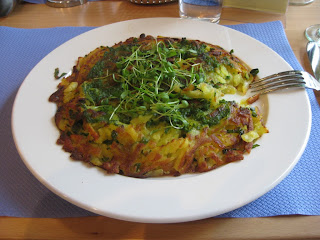
Wired has a fun blog called This Day in Tech. It describes some invention or idea that was first deployed on the same day sometime in the past. Today's was on the invention of the automatic coupler for railways.
When we talk about how good the European railways are, it's interesting to remember that Europe still uses the old manual method of coupling which makes their railways much less efficient. I heard that Europe was about to change to automatic couplers in the 1970s, but France vetoed the idea for some odd reason. C'est la vie!
Here's a list of some of the other railway related This Day in Tech postings:
Aug. 2, 1873: San Francisco’s First Cable Car Conquers Nob Hill - Describes the first cable car in San Francisco and how the system works.
March 5, 1872: Westinghouse Gives Railroads a Brake - Describes how air brake systems work, the air brake 2.0 reference provides a nice perspective on technological innovation.
Nov. 18, 1883: Railroad Time Goes Coast to Coast - who knew that the idea of standard time started with the railways, but it makes sense when you think about it.






















